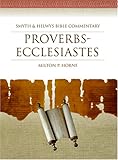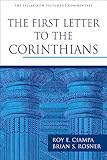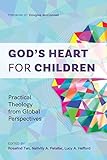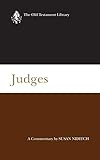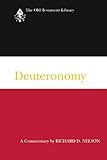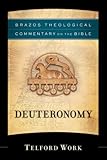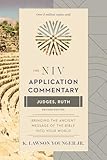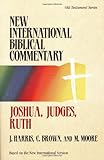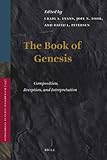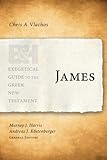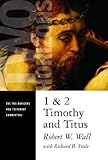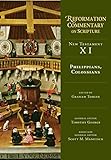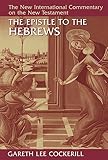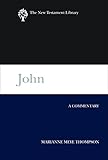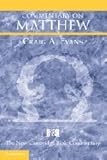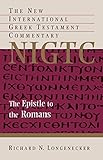Strive for Peace and Holiness : The Intertextual Journey of the Jacob Traditions from Genesis to Hebrews, via the Prophets Conspectus : The Journal of the South African Theological Seminary, Volume 17, Issue 03, Mar 2014, p. 1 - 52
Asumang, Annang
Strive for Peace and Holiness : The Intertextual Journey of the Jacob Traditions from Genesis to Hebrews, via the Prophets Conspectus : The Journal of the South African Theological Seminary, Volume 17, Issue 03, Mar 2014, p. 1 - 52 - Johannesburg, South Africa South African Theological Seminary Press - biannual - Conspectus 1 1996-8167 .
Interpreters approach the problems generated by the exhortation in Hebrews 12:14-17, that believers should strive for peace and holiness, and avoid the apostasy of Esau, in a variety of ways but with limited success. At issue are: the structural relationship between the pericope and its surrounding passages, the identity of the μετα παντων of Hebrews 12:14a, the conceptual links between its clauses, and the literary role of Esau. Given the manner in which the author employs the Old Testament throughout the epistle, the solution to these problems is likely to be derived from identifying the passage's Old Testament background. This article proposes that themes from the Jacob-Esau saga and their interpretations by the prophets echo in the background of the passage. Hebrews, it argues, has interpreted episodes in the exile of Jacob to Mesopotamia and return to Bethel as prefiguring the migration of the people of God to Mount Zion. Believers who apostatise will be following the bad example of Esau. This interpretation has the advantages of fitting the socio-historical context behind Hebrews, accords with the argument of Hebrews 12, and sheds light on the identity of the μετα παντων.
Old & New Testament--Peace Holiness--Jacob
Strive for Peace and Holiness : The Intertextual Journey of the Jacob Traditions from Genesis to Hebrews, via the Prophets Conspectus : The Journal of the South African Theological Seminary, Volume 17, Issue 03, Mar 2014, p. 1 - 52 - Johannesburg, South Africa South African Theological Seminary Press - biannual - Conspectus 1 1996-8167 .
Interpreters approach the problems generated by the exhortation in Hebrews 12:14-17, that believers should strive for peace and holiness, and avoid the apostasy of Esau, in a variety of ways but with limited success. At issue are: the structural relationship between the pericope and its surrounding passages, the identity of the μετα παντων of Hebrews 12:14a, the conceptual links between its clauses, and the literary role of Esau. Given the manner in which the author employs the Old Testament throughout the epistle, the solution to these problems is likely to be derived from identifying the passage's Old Testament background. This article proposes that themes from the Jacob-Esau saga and their interpretations by the prophets echo in the background of the passage. Hebrews, it argues, has interpreted episodes in the exile of Jacob to Mesopotamia and return to Bethel as prefiguring the migration of the people of God to Mount Zion. Believers who apostatise will be following the bad example of Esau. This interpretation has the advantages of fitting the socio-historical context behind Hebrews, accords with the argument of Hebrews 12, and sheds light on the identity of the μετα παντων.
Old & New Testament--Peace Holiness--Jacob

